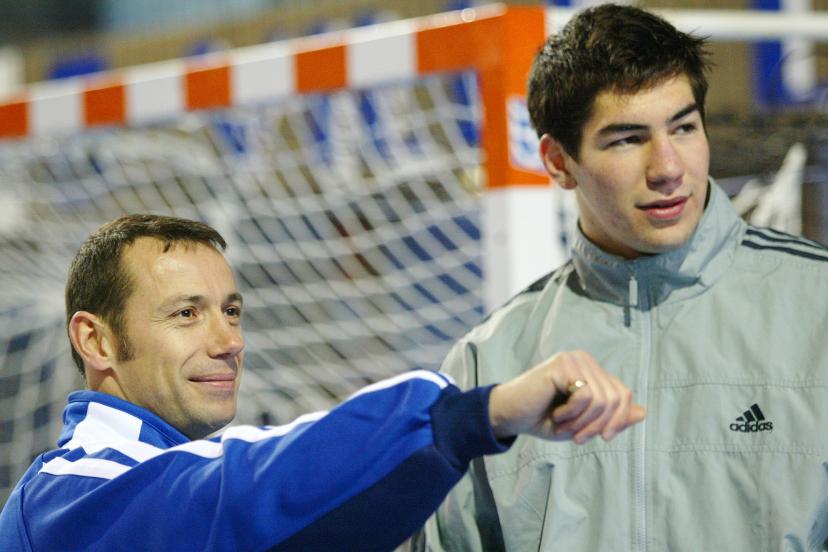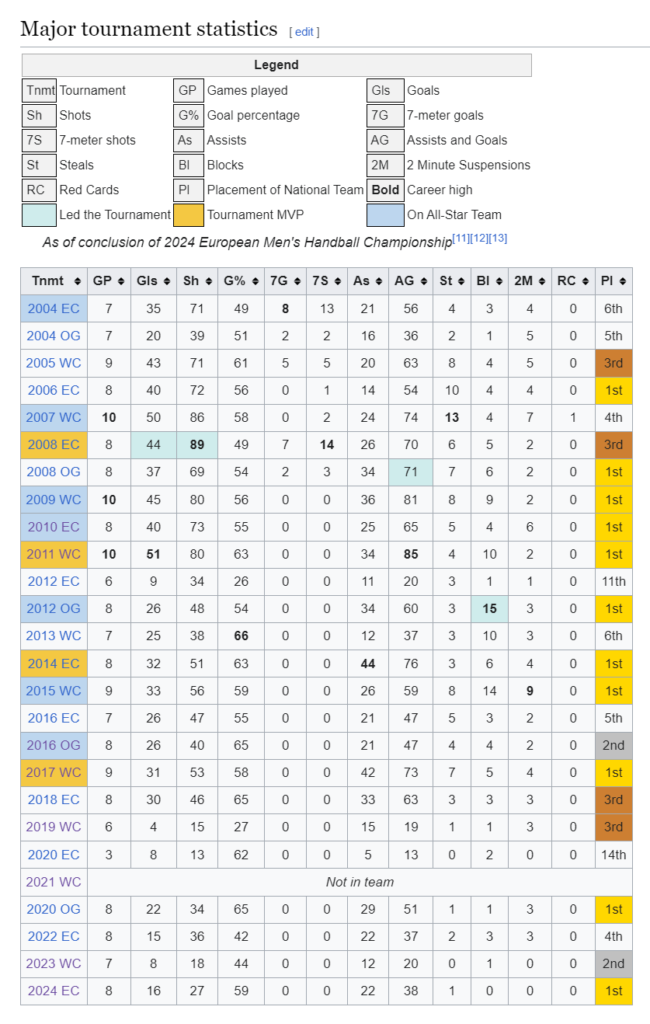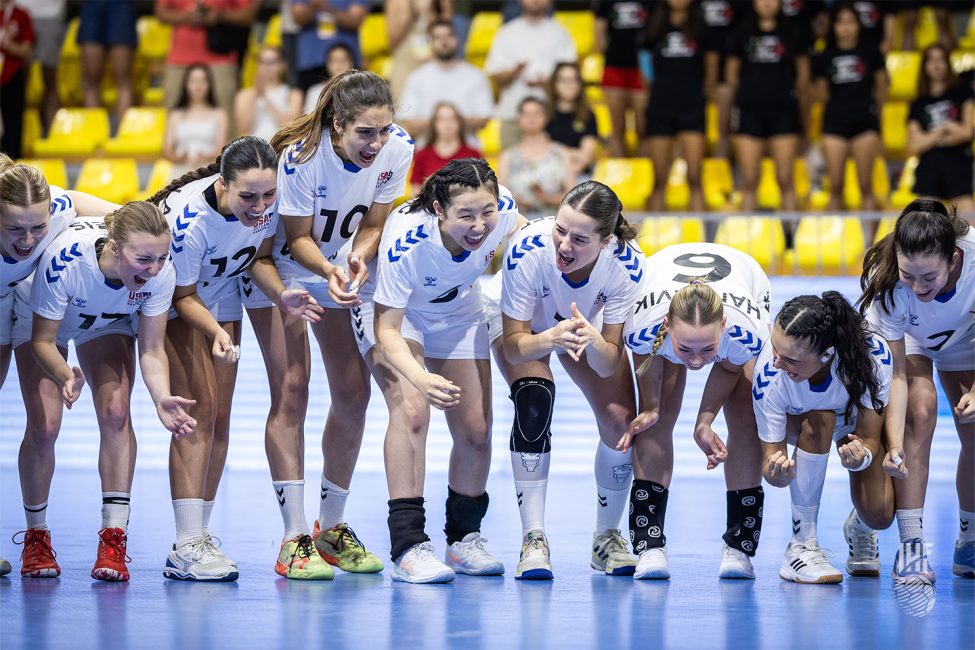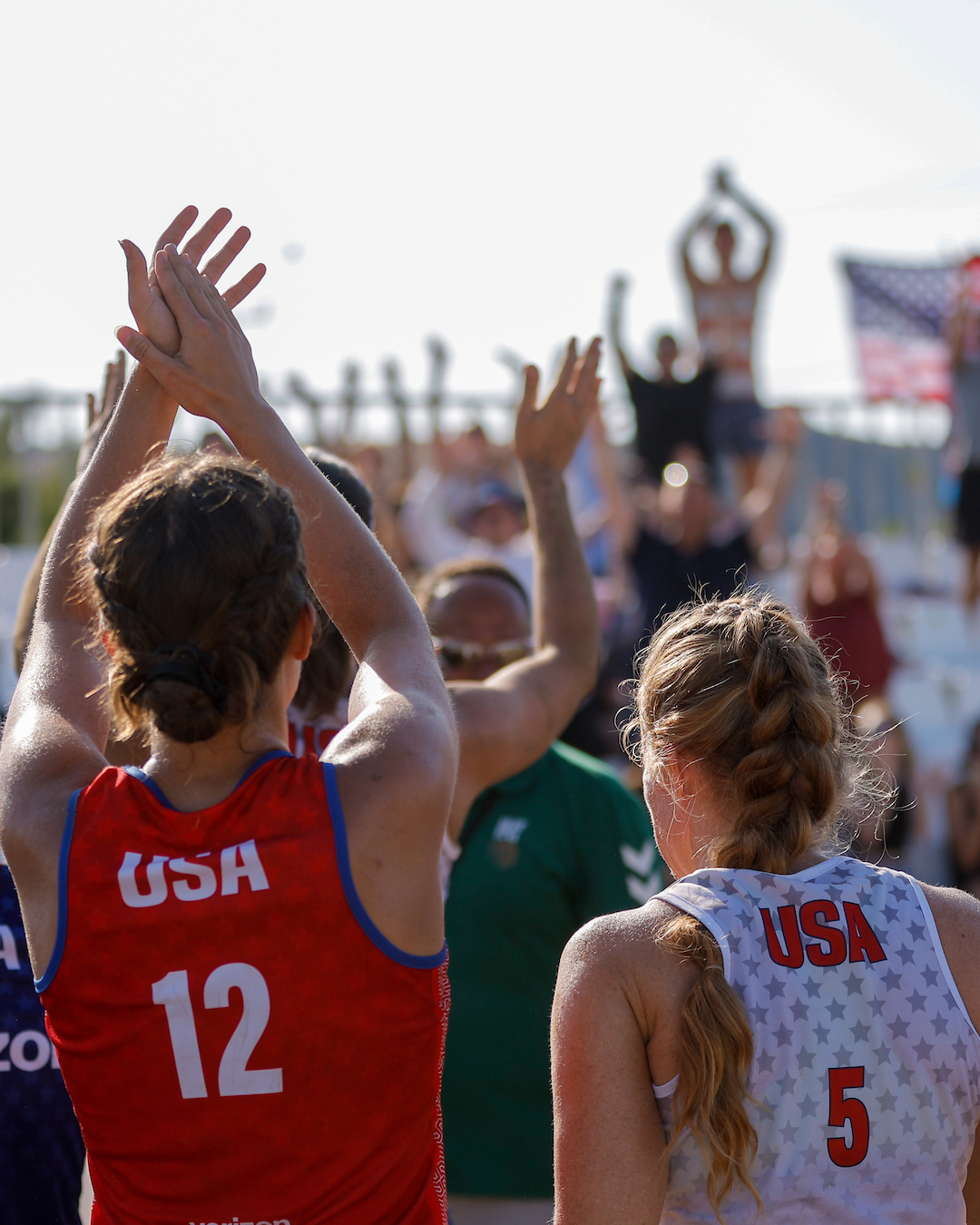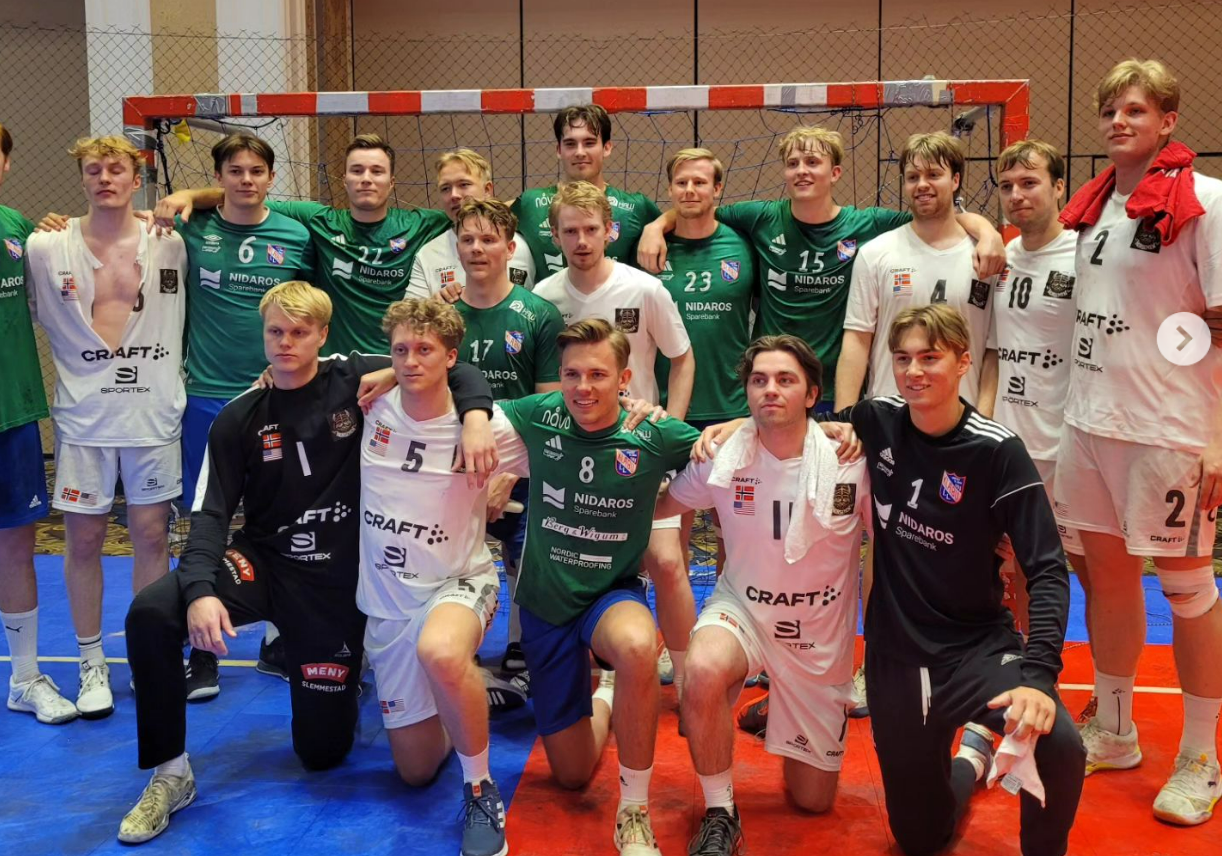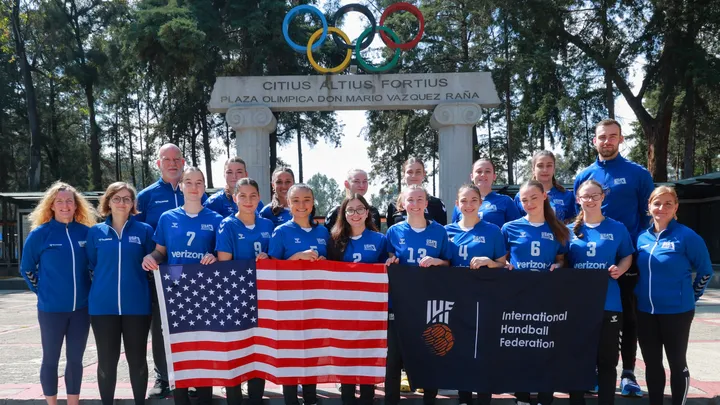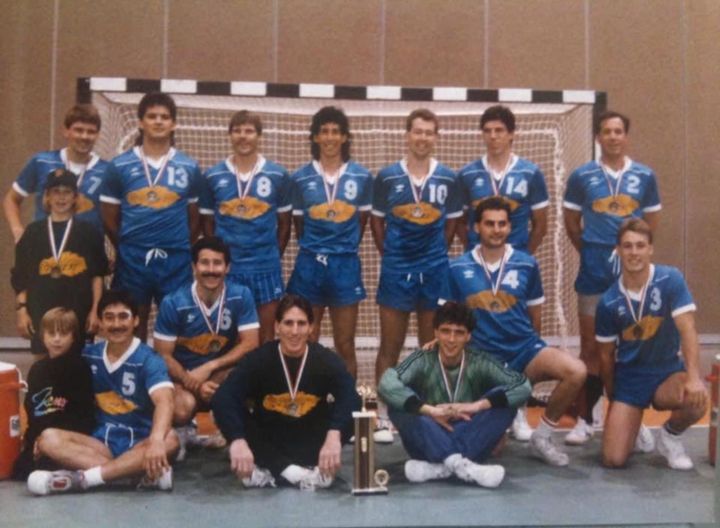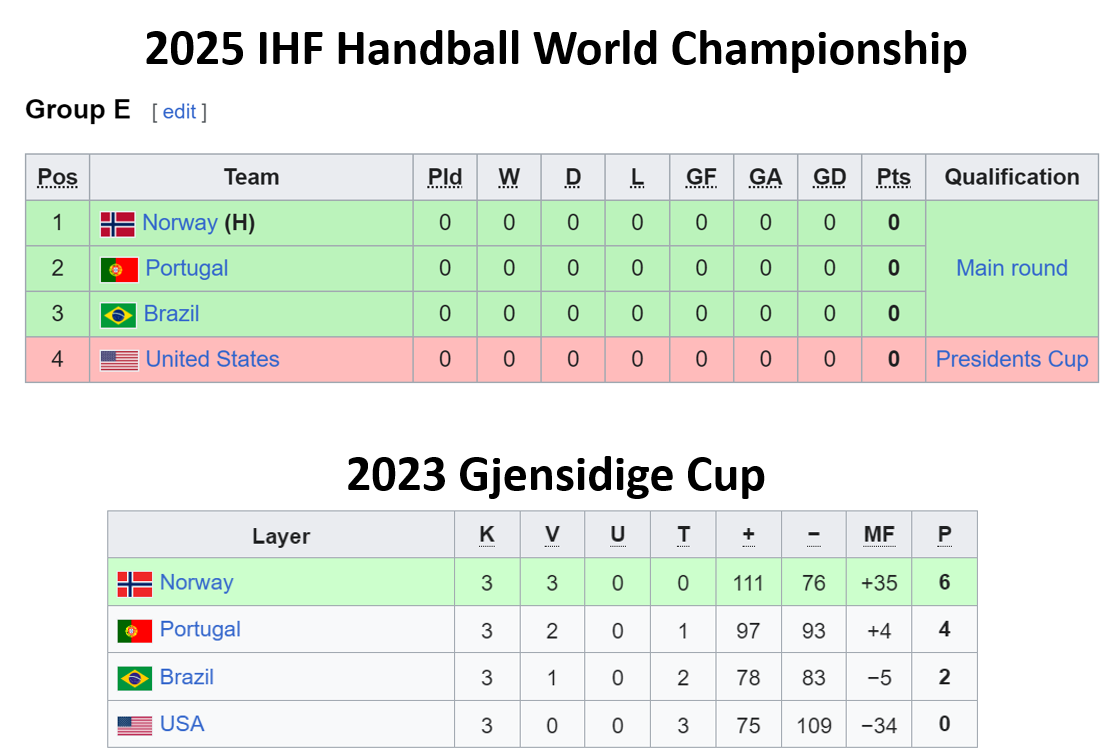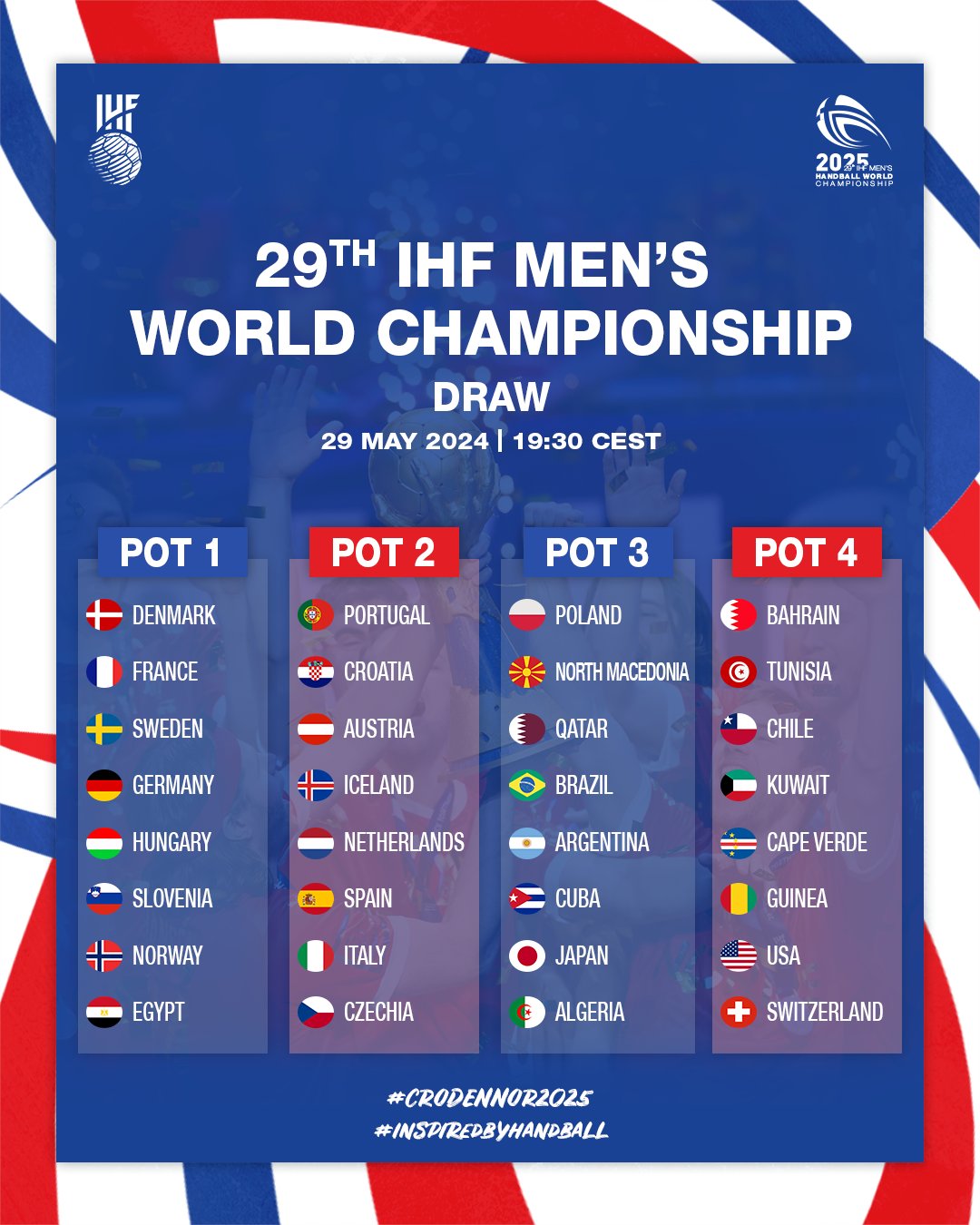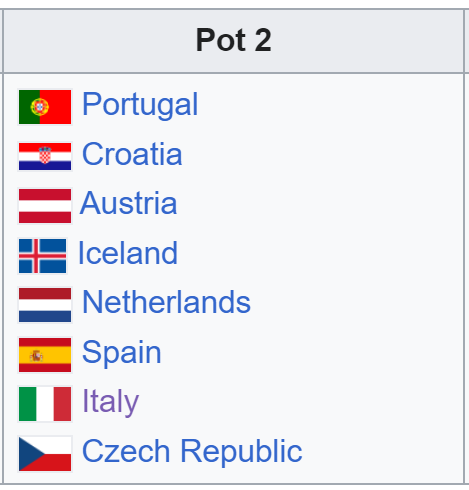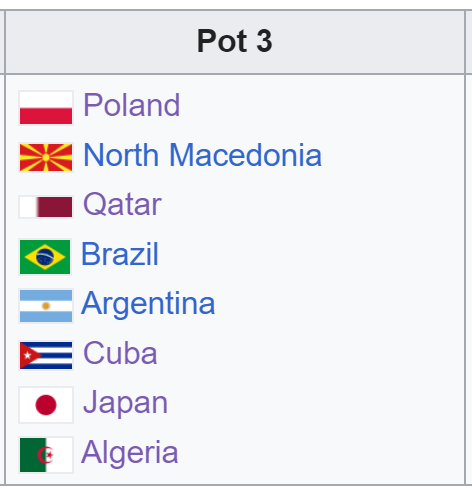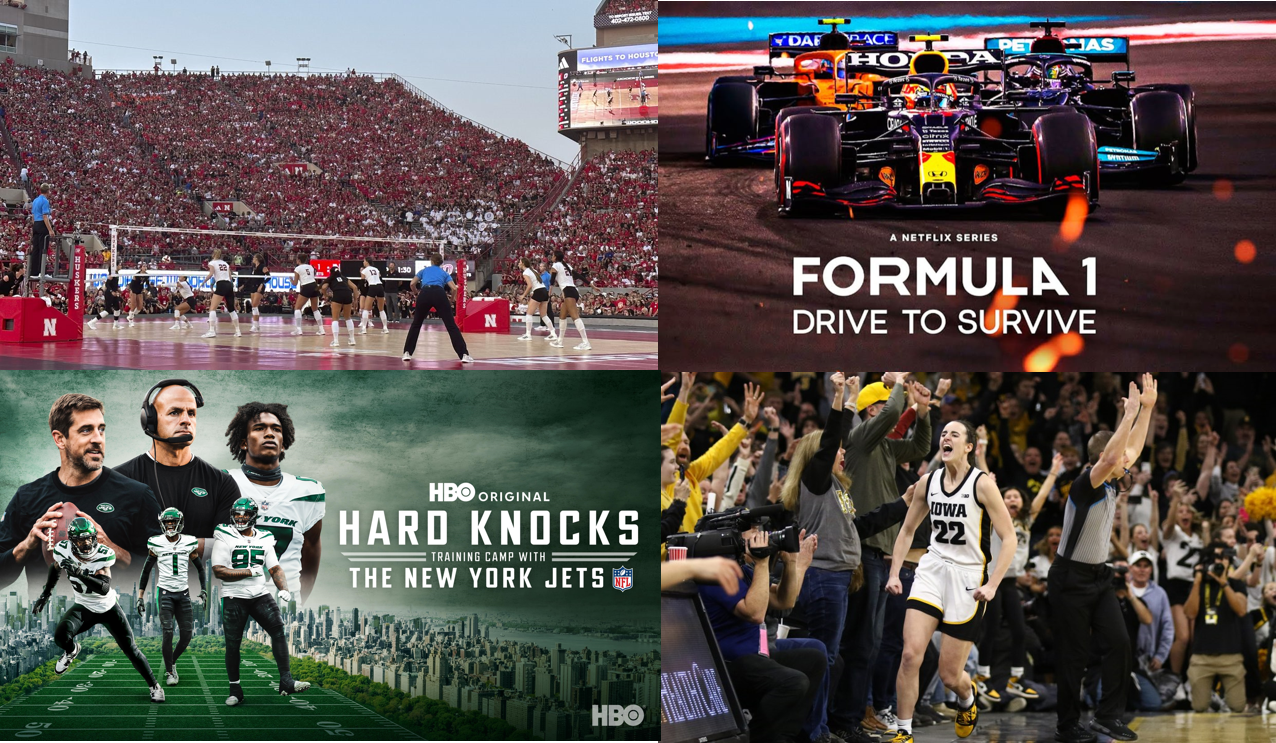This is part of a series of commentaries that address the future of handball in the U.S. In Part 1, I summarized the U.S. Women’s National Team poor results of the past 4 years. In Part 2, I addressed the need for USA Team Handball leadership to consider proactive steps to broaden the talent pool. This commentary highlights an Out of the Box possibility that just might work.
Introduction: Where’s the Funding Going to Come from?
When I talk to handball old timers (around my age and even older) perhaps the biggest disconnect they have with their experience and the struggles we have today is the lack of funding for our national teams. These old timers travelled the world and made a lot of sacrifices, but they never spent a dime on travel or training. In fact, they often received room, board and a small stipend. Contrast that to today’s environment with teams and athletes using gofundme pages to help defray some of their costs. (This commentary highlights USA Team Handball funding since 1993)
These costs not only impacts these athletes, but it also impacts the size and quality of our talent pool. If athletes have to pay to play… there are going to be fewer athletes to select from. And, without a structured training program for stateside crossover athletes this means relying for the most part on dual citizens and athletes moving to Europe to improve their game.
Given current budget limitations, it would seemingly be impossible to fund a credible training program to broaden the talent pool with crossover athletes. Seemingly, that is. Because I think the stars have aligned for an out of the box solution that could pay for itself.
Alignment 1: Women’s Sports are “Having a Moment”
As a native Iowan I’ve been following the Caitlin Clark phenomenon with a mixture of bemusement, incredulosity and annoyance. The latter is due to being a lifelong Iowa State University fan. Growing up I had two favorite teams: Iowa State and whoever the University of Iowa was playing against. Setting aside fierce in-state rivalries, though, I can’t deny the transformation that has taken place in regards to the newfound interest it has brought to women’s basketball.
This was perhaps most ably demonstrated to me when handball commentator, Chris O’Reilly contacted me to find out if I knew of any way that he could get access to CBS and ESPN to watch the NCAA Basketball Tournament. My response included this point. “ESPN is just for the women’s tournament… OMG, has Caitlin Clark mania reached Europe now?” Indeed, Chris informed me that it had and that she was all over his social media channels. When an Irish handball commentator living in Sweden is taking extra effort to figure out he can watch USA Women’s college basketball… that is the very definition of “Having a Moment.”
More than a Moment?
There’s been a lot of speculation as to whether this is, indeed, but a moment. Simply the impact of one transformational athlete injecting a bit more interest for a short period of time before things go back to normal. The jury is still out on that, but I think it’s definitely more than a moment and it’s more than just women’s basketball.
In particular, women’s professional soccer has been showing real signs of life with the valuation of team franchises seeing exponential growth in terms of valuation. Nebraska women’s volleyball played a match in their football stadium with a world record 92,000 fans. There’s even a pro volleyball league now that judging by this match replay gets decent crowds. Women’s collegiate softball also is drawing more fans.
Now, I don’t think we’re going to ever hit parity with men’s sports in terms of overall interest. But, I do think we’re starting to see real interest that means something. And, this is a sharp contrast to the next to nothing interest women’s sports have received in the past. From my own personal anecdotal experience I’ve certainly even watching women’s sports more even if it is to watch Caitlan Clark get technical fouls for the struggling Indiana Fever. Welcome to the pros, rook!
Alignment 2: The Rise of the Sports Documentary/Reality Show
Sport’s reality shows are also having a moment. Fostered in part by the COVID pandemic, shows like Netflix’s Drive to Survive are finding new fans. Even getting some Americans to actually care about Formula 1. This documentary format has also been adopted for golf (Full Swing) and tennis (Match Point). ESPN even got into the act with a new show callled “Tryouts” on ESPN+. Two episodes even feature the lesser known sports of Ultimate and Curling.
The Handball Reality Show: Retooled for a U.S. Women’s National Team
So, why not team handball? The concept of a handball reality show has been around in different forms for over 20 years. I first saw it proposed in an online forum not long after the NFL reality show, Hard Knocks debuted. Essentially, the basic concept is to follow the ups and downs of the U.S. National Team as it trains to take on the world.
In 2017 there was a serious proposal that was pitched to NBC. The proposed show’s producer even attended the 2017 Men’s World Championship as a guest of the IHF. This proposal would have seen former pros from American football, basketball and other sports learn the game and even travel to Europe for competion. Alas, the show was not selected for production, but the fact that it got that far suggests that the concept has real potential.
Generally left unsaid is that these proposals have been exclusively focused on the men’s team and conceptualized how famous male athletes would excel at handball if given the chance. This is not too surprising. After all, until very recently way more attention across the board has gone to men’s sports. Why would it have been any different for reality sports TV shows?
And, while I could argue there might well be still greater interest in a show focused on finding great athletes for our Men’s National Team it would be a fool’s errand. That’s because we already have a pretty good team. Athletes who already know how to play the game and who are also fairly high up in there terms of raw athletic ability. As we discussed on the USA Handball Talk podcast the current Men’s National Team has athletes one would find on a low NCAA D1 or high D2 Basketball team. We could find better athletes… but, not a whole lot better and it would take them at least two years (if not more) of regular handball training to realistically compete for positions on the national team.
Whereas with our Women’s National Team the raw talent is more similar to an NCAA D3 basketball team The evidence to support this includes an 0-0-12 record since the 2019 PANAM Games and the novelty of a D2 NCAA hoopster (Katie Timmerman) with very little handball experience playing significant minutes at the 2023 North American & Caribbean Championships. Her success suggests that even better athletes would fare well with an organized training program. (Side note: Current #1 GK Sophie Fasold is D1 quality and might well be the best GK in USA history)
Documentary/Reality Show Framework
So what would this would be TV show look like? For discussion purposes, here’s a possible framework for Season 1:
- Athlete identification and recruitment: Introductory episodes could cover what types of athletes they are looking for and how they are recruited
- Athlete tryouts: Structured tryouts would be held and athletes would be evaluated and then selected for further training
- Initial training: Athletes would be taught the basics of handball in a structured setting over several weeks
- Initial competition matches: The athletes could play a match vs current national team athletes and/or European clubs
Follow on seasons would continue to follow the athletes as they integrate with the national team and continue training, potentially in Europe
Multiple Variables to Consider
How the show would actually look would also depend on several variables to include:
- Funding Level: It goes without saying the more funding this would be show has… the more that can be done across the board to pay for facilities, coaching, athlete expenses, travel, etc. In fact, from a selfish handball standpoint that’s the appeal of this concept. This show would pay for a real training program that USA Team Handball can’t afford right now, even at an austere level.
- TV Partner Role: Would the TV partner be content to just document what happens or would they want to control the narrative as much as possible? In standard reality fare, drama is what draws interest and this could be a major distraction. Roles for everyone involved in the effort would need to be defined. And, if we’re really thinking out of the box… there is nothing that would prohibit no partnership whatsoever. Yes, some entity could seek to manufacture a team and develop athletes with no connection to USA Team Handball at all.
- Timing: The Olympics are just four years away. On the one hand, it would seem that we’re already behind the curve in terms of the time it will take great athletes to learn handball. But, on the other hand, great athletes might be reluctant to commit to four years of training. Commitment concerns, however, could be assuaged with a salary and other opportunities.
Two “Moments” and a Big Opportunity
So we essentially have a alignment of two moments and a big opportunity
- People genuinely care more about women’s sports now
- Sports docudramas have garnered unprecedented interest
- The U.S. Women’s national team is currently low performing, but will play in the Olympics just four years from now.
So some smart entity could jump on both the women’s sports bandwagon and the sports documentary bandwagon to help a down trodden team that hasn’t won a game in over four years acheive greatness at the 2028 Olympics. It also doesn’t hurt that we’re talking about a pretty cool, ridiculously under exposed sport…
Yes, the stars have aligned to make this pipe dream, out of the box solution seem more than plausible. Honestly, if a reality show almost made it in 2017, it seems that one one focused on the U.S. Women in 2024 is a no brainer. Just a pitch that has to be made to the right people.
And, there are several candidates for just such a pitch. Entities that have even expressed love for handball before. I may not ever get in an elevator with these different entities to make that pitch, but I’ll be making my case nonetheless in the coming weeks.
